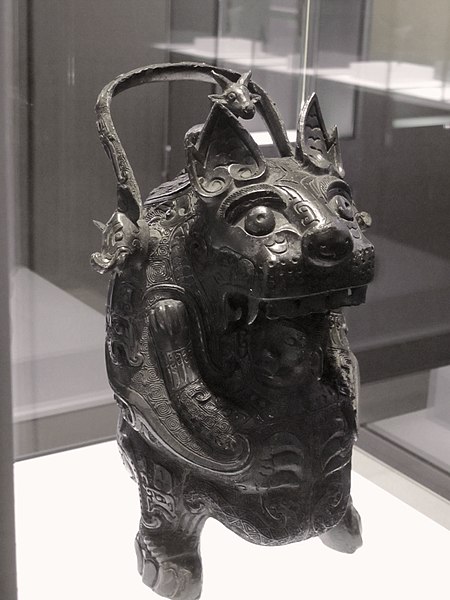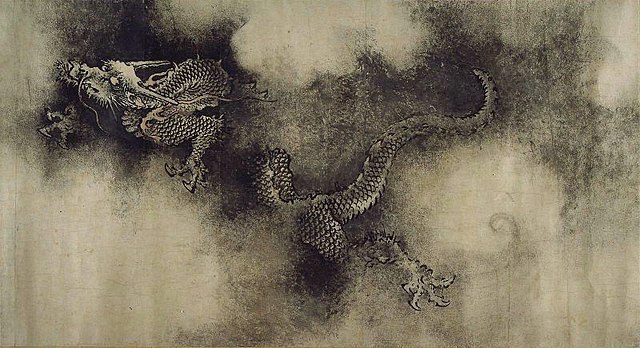Sets and individual examples of ritual bronzes survive from when they were made mainly during the Chinese Bronze Age. Ritual bronzes create quite an impression both due to their sophistication of design and manufacturing process, but also because of their remarkable durability. From around 1650 BCE, these elaborately decorated vessels were deposited as grave goods in the tombs of royalty and the nobility, and were evidently produced in very large numbers, with documented excavations finding over 200 pieces in a single royal tomb. They were produced for an individual or social group to use in making ritual offerings of food and drink to his or their ancestors and other deities or spirits. Such ceremonies generally took place in family temples or ceremonial halls over tombs. These ceremonies can be seen as ritual banquets in which both living and dead members of a family were supposed to participate. Details of these ritual ceremonies are preserved through early literary records. On the death of the owner of a ritual bronze, it would often be placed in his tomb, so that he could continue to pay his respects in the afterlife; other examples were cast specifically as grave goods. Indeed, many surviving examples have been excavated from graves.

A variety of wine vessels around an altar, Western Zhou, Metropolitan Museum of Art.
A Shang dynasty bronze vessel to preserve drink; 11th century BC; height: 35.2 cm; Musee Cernuschi (Paris)
Square zun with four sheep heads; Shang Dynasty, 13th-10th century BCE
Taibao Ding, from Shandong c.10th century BCE, Western Zhou
Chinese art is visual art that originated in or is practiced in China, Greater China or by Chinese artists. Art created by Chinese residing outside of China can also be considered a part of Chinese art when it is based on or draws on Chinese culture, heritage, and history. Early "Stone Age art" dates back to 10,000 BC, mostly consisting of simple pottery and sculptures. After that period, Chinese art, like Chinese history, was typically classified by the succession of ruling dynasties of Chinese emperors, most of which lasted several hundred years. The Palace Museum in Beijing and the National Palace Museum in Taipei contains extensive collections of Chinese art.
Two flasks with dragons; 1403–1424; underglaze blue porcelain
Auspicious Cranes by Emperor Huizong depicting a scene on top of Kaifeng city gate, 16th January 1112.
Shang bronze vessel, 2nd millennium BC
a section of the Nine Dragons scroll, 1244 CE







